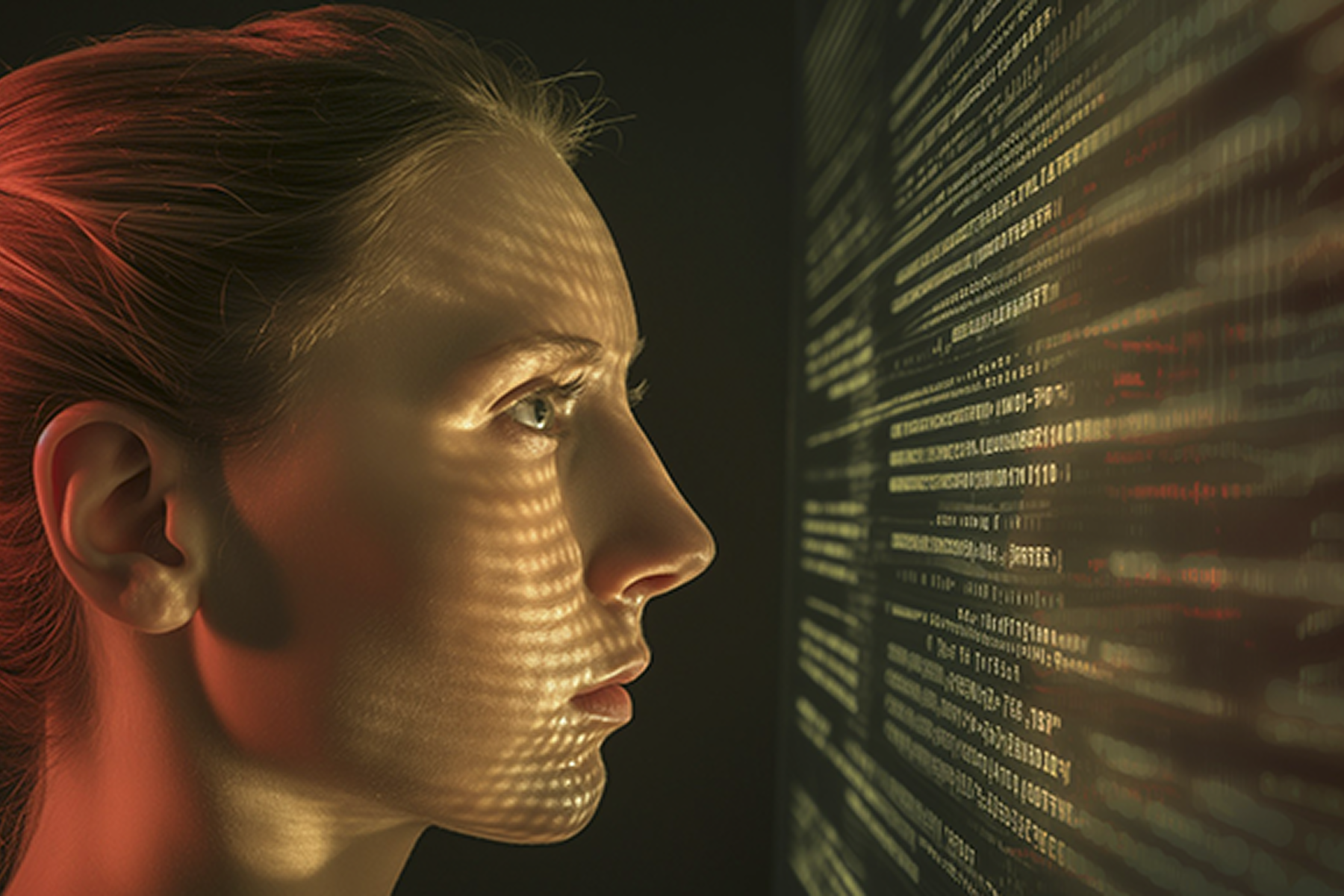
We facilitate data-driven decision making with Salesforce and Marketing Cloud.
En un mundo en el que cada vez más empresas están buscando capitalizar los datos, es importante tener en cuenta la importancia de la limpieza y el procesamiento de datos. Los Data Clean Rooms son un concepto que se está utilizando para ayudar a las empresas a lograr una mayor precisión y eficacia en el análisis de datos. Estas «salas de estar» se utilizan para el almacenamiento, el procesamiento y el análisis de datos, y están diseñadas para minimizar el riesgo de contaminación de los datos.
Estas salas limpias se parecen mucho a las salas blancas tradicionales que se utilizan en la industria electrónica, en las que el ambiente está controlado para minimizar la posibilidad de que los componentes electrónicos se dañen. De manera similar, un Data Clean Room tiene un ambiente controlado para minimizar el riesgo de que los datos se contaminen.Hay cuatro elementos principales que se utilizan en una sala limpia de datos: el hardware, el software, los algoritmos y los operadores.
El hardware se utiliza para almacenar y procesar los datos. El software se utiliza para analizar y manipular los datos. Los algoritmos se utilizan para detectar y corregir errores en los datos. Y los operadores son responsables de supervisar y administrar el Data Clean Room.
Un Data Clean Room opera bajo un conjunto estricto de reglas y controles. Estas reglas aseguran que los datos que se manipulan en el DCR son fiables y no han sido manipulados.
Una de las principales características de un Data Clean Room es que solo se permiten determinados tipos de equipamiento y software. Esto se debe a que algunos equipos y programas pueden alterar los datos sin que el usuario lo sepa.
Otra característica importante de un Data Clean Room es que solo se permiten ciertas personas dentro del espacio. Estas personas deben seguir un protocolo estricto para garantizar que no contaminen los datos.
Una de las principales ventajas de utilizar un Data Clean Room es la protección que ofrece contra la manipulación de datos. Como hemos visto, los DCRs están diseñados para garantizar que los datos que se manipulan dentro del espacio no han sido manipulados.
Otra ventaja importante es que los DCRs aseguran la confiabilidad de los datos. Los procesos y controles estrictos garantizan que los datos que salen del DCR son fiables y precisos. Esto es crucial para cualquier operación o investigación en la que se utilicen datos sensibles.
Los Data Clean Rooms pueden ser extremadamente útiles para el marketing. Como hemos visto, los DCRs ofrecen muchas ventajas, como la protección contra la manipulación de datos y la garantía de confiabilidad.
Estas características son vitales para el marketing, ya que los datos manipulados o no fiables pueden conducir a campañas publicitarias ineficaces e incluso peligrosas.
Un Data Clean Room también puede ayudar a mejorar la eficacia de las campañas publicitarias al proporcionar datos más precisos sobre el target audience. Los DCRs permiten un análisis más profundo y detallado de los datos, por lo que se pueden obtener insights más precisos sobre el target audience. Esto permite crear campañas publicitarias más eficaces e impactantes.
Sabemos que los «data clean rooms» pueden ser muy eficaces para proteger la privacidad y seguridad de los datos. Sin embargo, también existen algunos riesgos y limitaciones asociados al uso de «data clean rooms». En particular, existe el riesgo de que los datos se pierdan o se dañen durante el proceso de limpieza. También existe el riesgo de que la calidad de los datos se vea afectada si las personas no son capaces de manejarlos adecuadamente.
En conclusión, de manera general, esta técnica puede ser extremadamente útil para asegurar la privacidad y seguridad de los datos, así como para mejorar la calidad de los datos. Sin embargo, también existen algunos riesgos y limitaciones que deben tenerse en cuenta.

We facilitate data-driven decision making with Salesforce and Marketing Cloud.

Implementation of the OneTrust Source Data Preferences and Consent module.

Implementation of a strategy...
Implementation of Marketing Automation tools to facilitate operations for the staff and customers of the company...